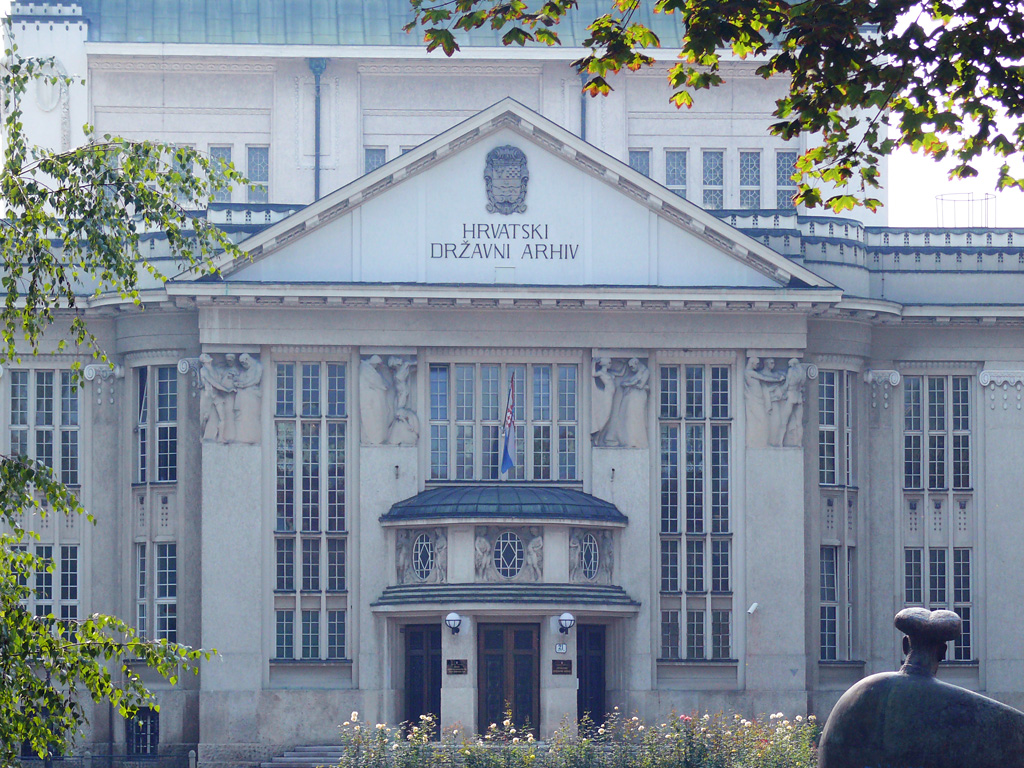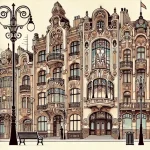Art Nouveau Secesija in Zagreb, Croatia
The Croatian capital, Zagreb, boasts a captivating array of Art Nouveau architecture, known locally as Secesija, which flourished in the late 19th and early 20th centuries. Among the city’s most iconic examples of this artistic movement are the Croatian State Archives, the Ethnographic Museum, and the Kallina House—each showcasing the unique fusion of Viennese Secessionist elegance and Croatian cultural identity that defines Zagreb’s architectural landscape from this period.

Beyond these key monuments, entire areas of Zagreb reflect the influence of Art Nouveau. King Tomislav Square (Trg kralja Tomislava) and the surrounding Lower Town (Donji Grad) are dotted with elegant residential buildings, offices, and public institutions that incorporate flowing lines, stucco ornaments, floral friezes, and stained glass. Streets like Masarykova, Preradovićeva, Martićeva, and Hebrangova feature excellent examples of the everyday application of Secessionist ideals—where even middle-class apartment blocks carry artistic flair in their facades, balconies, and entryways.
Art Nouveau in Zagreb is a refined, often overlooked gem of European architecture. It reflects a unique moment of cultural pride and artistic ambition in Croatia’s capital, at the crossroads of empire and independence, tradition and modernity.
